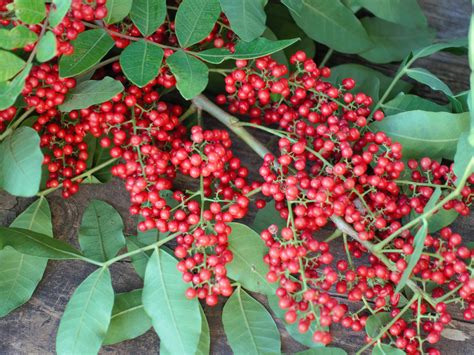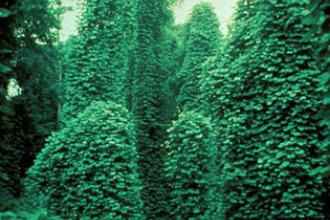Invasive Plants
Invasive and noxious weeds impact our Association owned Conservation Areas and Landscape Buffers. MOHOA is working with the Environmental Officials to determine the necessary steps required to bring this under control and maintain the beauty of Mariana Oaks.


How Does Florida Define Noxious Weeds?
Florida defines a noxious weed as any plant that is a serious agricultural threat in Florida; has a negative impact on endangered, threatened or commercially exploited plant species; or is a naturalized plant that disrupts naturally occurring native plant communities.
Nursery sales of these weeds are prohibited and their movement is regulated by the Florida Department of Agriculture and Consumer Services' Division of Plant Industry.
What Are Invasive Species?
The Florida Exotic Pest Plant Council (FLEPPC), a voluntary, nongovernmental organization that provides information about exotic, invasive species in natural areas, provides the following definitions:
- An exotic plant is a plant that has been introduced to Florida, either purposefully or accidentally, from outside of Florida.
- An invasive exotic plant is an exotic plant that sustains itself outside of cultivation and is expanding its range in Florida plant communities.
The plants on the FLEPPC list are not regulated by the state unless they also appear on the state list of noxious weeds.
Leon County Environmental Department did an on site review of Mariana Oaks Community in 2007 and recorded these Exotic Nuisance Species in our MOHOA Community.
- These are the Exotic nuisance species observed throughout the upland forested preserve included Ardisia (Ardisia crenata), Nandina (Nandina domestica), Japanese honeysuckle (Lonicera japonica), tung-oil tree (Aleurites fordii), mimosa (Albizia julibrissin), Japanese climbing fern (Lygodium japonicum), and Chinese privet (Ligustrum sinese), Kudzu (Pueraria montana var. lobata) is also beginning to invade the eastern edge of the property.
These were noted in the 2007 Revised Habitat Protection and Management Plan. Not sure if we have additional invasive species currently.
For more information on invasive species KUDZU:

